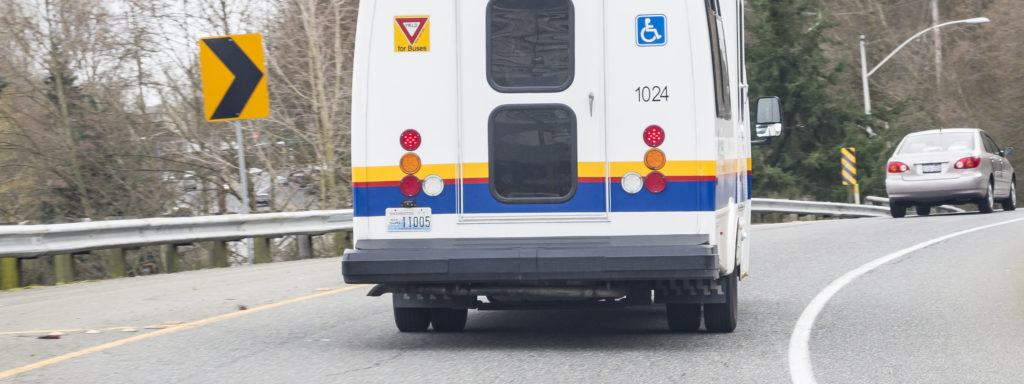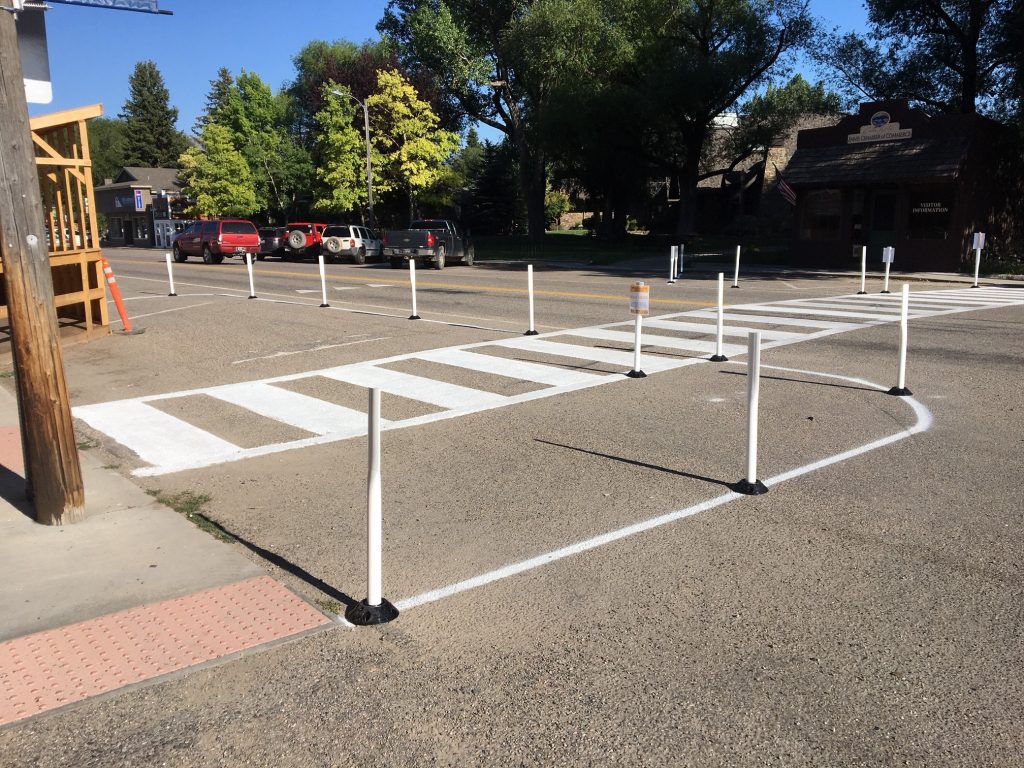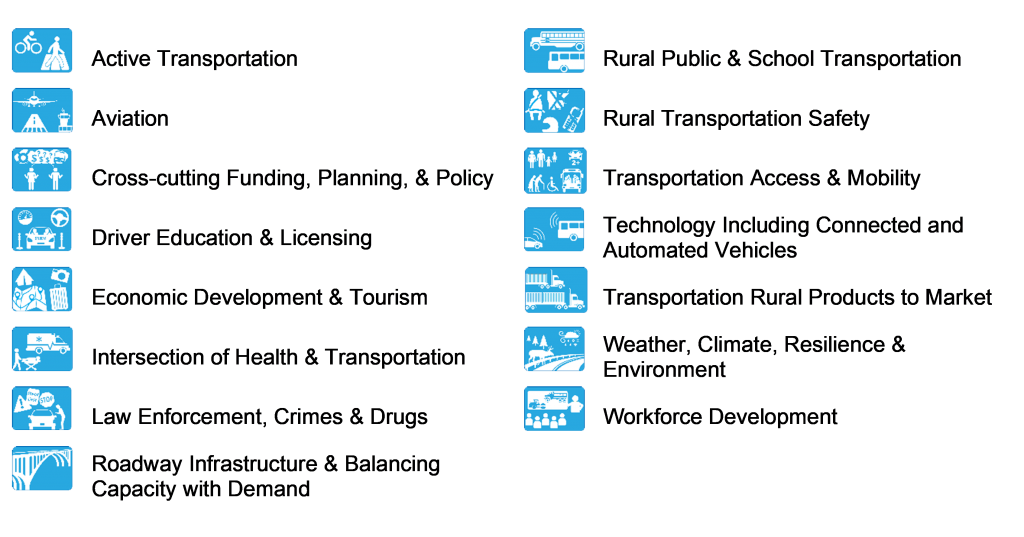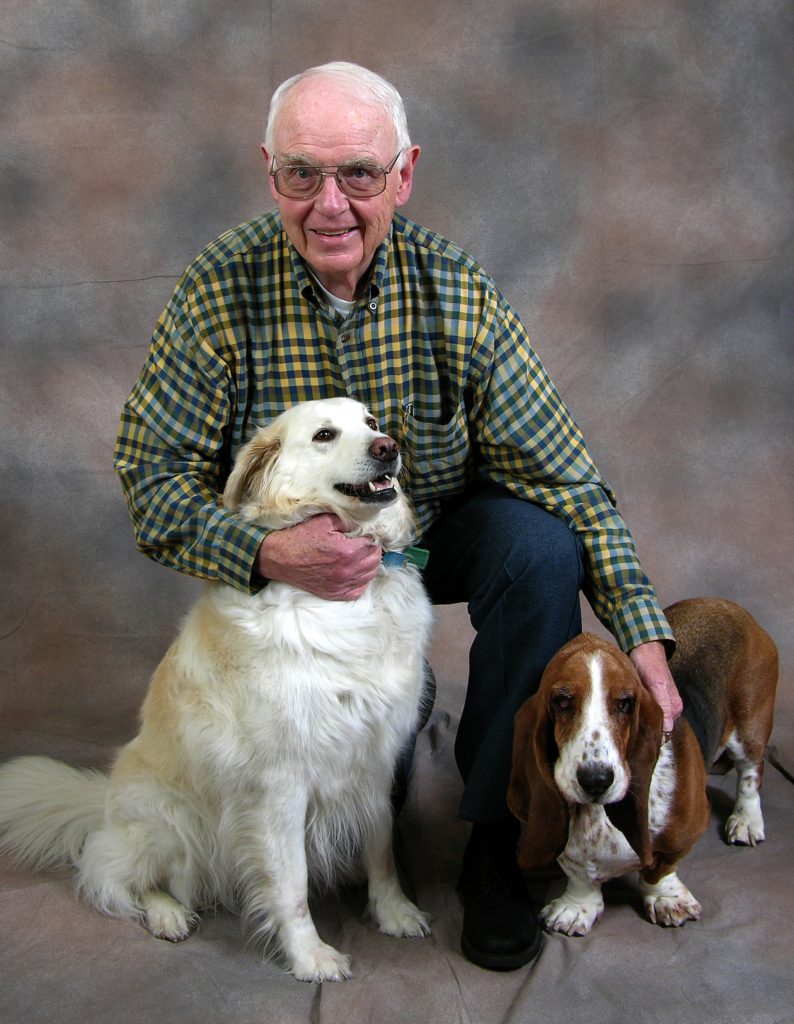NEW PROJECT: Could Public Transportation Systems in Rural Areas Deliver Packages?

WTI is launching a new project to investigate innovative “last mile” package delivery systems and how rural public transportation systems may have a role in the process. Led by Principal Investigator Andrea Hamre, the project will include a synthesis of current last mile package delivery practices through public transportation systems in rural states; an analysis […]
STUDENT NEWS: Welcome, Sam Coulter!

Meet WTI’s Undergraduate Research Assistant Sam Coulter. A Senior at MSU, Sam will be helping Andrea Hamre with the Commercial Package Delivery through Public Transportation Systems in Rural States project. His participation is through a GPHY 498 Internship for the GIS/Planning program within the Department of Earth Sciences, under the academic advisement of Land Resources […]
In the News: Ennis Traffic Calming Project Featured in Local News

The Madisonian, a newspaper for Montana’s Madison Valley, reports on a completed WTI research study in a recent feature article. “Traffic calming data released” summarizes the findings of a traffic calming project in Ennis, Montana, for which WTI and the Montana Department of Transportation collaborated on a “pop-up” installation of curb extensions and other strategies […]
In the News: Traffic and Transit Magazine Showcases Rural Research Roadmap Project

An NCHRP project led by WTI is the focus of a current feature article in Traffic and Transit, a national transportation publication. “Mapping the Future of Rural Transportation Research” highlights the development of the Research Roadmap for Rural Transportation Issues (NCHRP 20-122), which will provide a detailed, long-term agenda for research aimed at improving rural […]
TRB Annual Meeting Zooms Into Week Three

The NAS Transportation Research Board continued its revamped Annual Meeting last week, holding virtual technical committee meetings on a wide range of research topics. In this “snapshot” of what the forums look like this year, can you spot some familiar WTI faces at a Transportation Needs of National Parks and Public Lands Committee event last […]
In Memoriam: Dr. Bill Jameson

We are saddened to share that former WTI staff member Dr. Bill Jameson passed away on January 2. Bill joined WTI in 2003 as a Senior Research Scientist, two years after his “retirement” from a distinguished engineering career that encompassed military, private sector, public sector, education, and research and development experience. At WTI, he specialized […]
2021 30th Annual UTC Outstanding Student of the Year Awards

Congratulations to Ali Rahim-Taleqani of North Dakota State University (NDSU). Ali has been recognized as a 2020 Outstanding Student of the Year by the University Transportation Centers for his contributions to the Small Urban, Rural and Tribal Center on Mobility led by the Western Transportation Institute at Montana State University. Ali has over 10 years […]
TRB Annual Meeting Kicks off Four Weeks of Virtual Events
Each January, the National Academy of Sciences’ Transportation Research Board holds its Annual Meeting in Washington, D.C., a week-long forum that brings together thousands of transportation researchers and leaders from around the world. Due to COVID, this year’s committee meetings, workshops, and other events will all be hosted virtually, but will be spread over four […]
